The client of this 1-2t/h cat litter production line in Indonesia project is from Indonesia and runs a trading company. The business scope of this client company is daily necessities sales; daily sundries manufacturing; daily sundries sales; pet food and supplies retail; pet food and supplies wholesale. The 3,000 tons/year cat litter processing project invested and constructed by this client has a total investment of US$80,000.
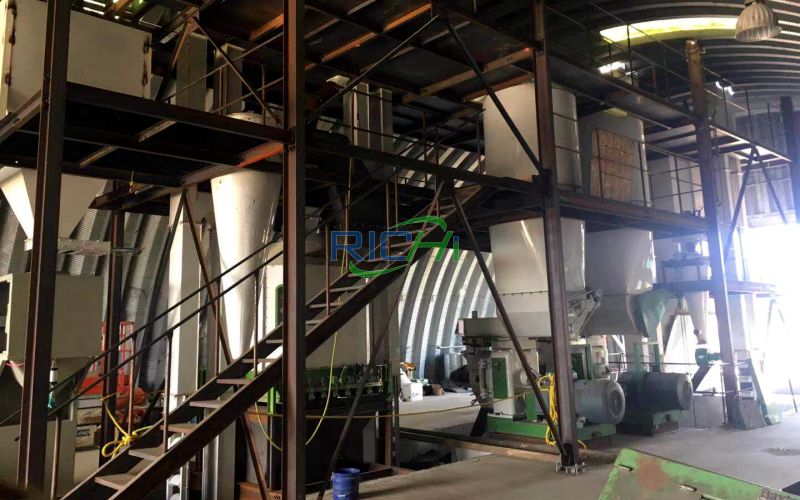
The client of this 1-2t/h cat litter production line in Indonesia project is from Indonesia and runs a trading company. The business scope of this client company is daily necessities sales; daily sundries manufacturing; daily sundries sales; pet food and supplies retail; pet food and supplies wholesale.
The 3,000 tons/year cat litter processing project invested and constructed by this client has a total investment of US$80,000.
The small cat litter factory project uses the existing idle factory building for production, and the factory building covers an area of 700m2. 15 sets of main equipment were purchased, using soybean fiber, sawdust, corn flour, carbon particles, and calcium carbonate as raw materials. After feeding, mixing, granulation, drying, screening, packaging and other processes, 3,000 tons of cat litter are processed annually.
Name:
Small Cat Litter Pellet Plant
Country:
Indonesia
Date:
October 2023
Capacity:
1-2T/H
Pellet Size:
2-5mm
The install period:
20 Days
Control Mode:
Automatic
Guiding Price:
US$80,000
The 1-2t/h cat litter production line in Indonesia project covers an area of 1,300 square meters, mainly including workshops, offices, etc., and 15 sets of main equipment are purchased.
The project processes 3,000 tons of cat litter per year. The project engineering composition is classified into the main engineering, auxiliary engineering, public engineering, and environmental protection engineering as shown in the following table:
| Type | Item | Construction content and scale |
| Main project | Production workshop | 1 building, 1 floor, covering a total area of 900m2, brick-concrete structure, with production area and warehouse, mainly responsible for the storage and processing of raw materials and products. |
| Auxiliary project | Office | 1 building, 1 floor, covering an area of 100m2, brick-concrete structure, mainly responsible for daily office and reception. |
| Public project | Power supply | The annual power consumption of the project is 600,000 kWh. |
| Water supply | The total water consumption of this project is 390m3/a | |
| Gas supply | The liquefied natural gas consumption of this project is 300 tons/year, and the liquefied natural gas in steel cylinders is purchased from outside and stored in the workshop. |
After completion, this 1-2t/h cat litter production line in Indonesia project will be able to process 3,000 tons of cat litter per year.
Cat litter is an object used by cat owners to bury feces and urine. It has good water absorption and is usually used together with a cat litter box (or cat toilet). Pour an appropriate amount of cat litter into the cat litter box. When a trained cat needs to defecate, it will go into the cat litter box and poop on it.
According to the different ingredients of cat litter production, it can be divided into silica gel cat litter, crystal cat litter, wood chip cat litter, paper scrap cat litter, condensed cat litter, tofu cat litter, bentonite cat litter, etc. The product of this project is wood chip cat litter (plant cat litter).
The main equipment of the 1-2t/h cat litter production line in Indonesia project is shown in the table below:
| Serial number | Equipment name | Quantity | Process | Application |
| 1 | Belt dryer machine | 1 | Production | Drying |
| 2 | Cat litter pelletizer | 1 | Production | Granulation |
| 3 | Mixer | 1 | Production | Mixing |
| 4 | Bag silo | 3 | Packaging | Packaging |
| 5 | Loader | 2 | Production | Feeding |
| 6 | Conveyor | 5 | Production | Transportation |
| 7 | Natural gas burner | 1 | Production | Heating |
| 8 | Bucket elevator | 1 | Packaging | Feeding |
| 9 | Screening machine | 1 | Production | Sieving |
| 10 | Packaging machine | 1 | Packaging | Packaging |
The main raw and auxiliary materials and usage of this 1-2t/h cat litter production line in Indonesia project are shown in the table below:
| Serial number | Name | Annual consumption (tons) | Maximum storage capacity (tons) | Notes |
| 1 | Soybean fiber | 900 | 20 | Purchased from outside, bagged, 100kg/bag, coarse particles, moisture content about 10% |
| 2 | Sawdust | 1100 | 40 | Purchased from outside, bagged, 100kg/bag, foamy wood chips |
| 3 | Calcium carbonate | 100 | 3 | Purchased from outside, bagged, 20Kg/bag |
| 4 | Carbon granules | 100 | 3 | Purchased from outside, bagged, 20Kg/bag |
| 5 | Corn flour | 800 | 3 | Purchased from outside, bagged, 20Kg/bag |
| 6 | Water | 390 | / | Tap water, provided by the municipal pipeline network |
| 7 | Natural gas | 300 | 1 | Purchased from outside, stored in cylinders |
| 8 | Fragrances | 0. 1 | 0.05 | Purchased from outside, liquid, barreled |
| 9 | Motor oil | 0.02 | 0.02 | Purchased from outside, barreled |
Flavors:
The flavors used in this 1-2t/h cat litter production line in Indonesia project are edible flavors. Edible flavors are made by carefully blending natural flavors and synthetic flavors with reference to the aroma of natural foods. The flavors used in this project are liquid flavors, the main components of which are benzaldehyde, vanillin, heliotropin, peach aldehyde, and vegetable oil. The proportions of the various components of the flavors used in the project are as follows:
| Components | Vegetable oil | Benzaldehyde | Vanillin | Hediocarbaldehyde | Peach aldehyde |
| Proportion (%) | 57.8 | 40 | 1 | 1 | 0.2 |
The water source of this 1-2t/h cat litter production line in Indonesia project is the municipal water supply network, and the main water is domestic water and production water.
Domestic water:
The labor quota of this project is 10 people. The average domestic water consumption per person is calculated as 50L/d. The annual working days are 300 days, so the domestic water consumption of employees is 0.5m3/d and 150m3/a.
Production water:
The production water of this 1-2t/h cat litter production line in Indonesia project is mainly mixing water. The mixing water consumption is 80L/ton·product, so the mixing water consumption is 0.8m3/d and 240m³/a. Among them, 70% is evaporated and lost in the drying process, and about 30% enters the product. In summary, the fresh water consumption of this project is 1.3m3/d and 390m3/a, which comes from the tap water in the factory area.
The drainage of this cat litter factory project implements the rainwater and sewage separation system, and rainwater is discharged through the municipal rainwater pipe network. The wastewater generated by this project is mainly domestic sewage.
After being treated in a septic tank, the domestic sewage is discharged into the municipal sewage pipe network and meets the discharge standards after treatment. The domestic sewage generation coefficient is calculated as 0.8, so the domestic sewage generation is 0.4m3/d and 120m3/a.
The main pollutants are COD, ammonia nitrogen, total nitrogen, etc., and their generation concentrations are 350mg/L, 30mg/L and 45mg/L respectively. After being treated in a septic tank, the domestic sewage is discharged into the municipal sewage pipe network and finally treated in a water plant to meet the discharge standards.
This 1-2t/h cat litter production line in Indonesia project installs equipment in the existing plant for production, and the project covers an area of 700m2. The project layout fully considers the requirements of production technology and public facilities. Each link is compactly connected and the material transportation distance is short, which is convenient for energy saving and consumption reduction, and improves production efficiency.
At the same time, it takes into account the production and office environment within the plant area, and also takes into account the surrounding environment outside the plant area. From the perspective of convenient production, safety management and environmental protection, the layout is reasonable.
The cat litter production line in Indonesia has a very broad prospect and great potential for future development.
In short, starting cat litter production line in Indonesias have very broad prospects and great potential for future development. Cat litter manufacturers should seize opportunities and continuously improve their competitiveness in order to gain a larger share in the future market.
Having the right mix of reliable, high-quality pellet machine and pelletizing systems and expert support is essential to your success. Watch how our end-to-end feed pellet plant solutions have helped our customers optimize their performance.
Our customized and future-proofed turnkey pellet plant solutions is designed with you at the core. From vision to reality and beyond, our team stays connected with yours. Giving you peace-of-mind with an expert at your side.
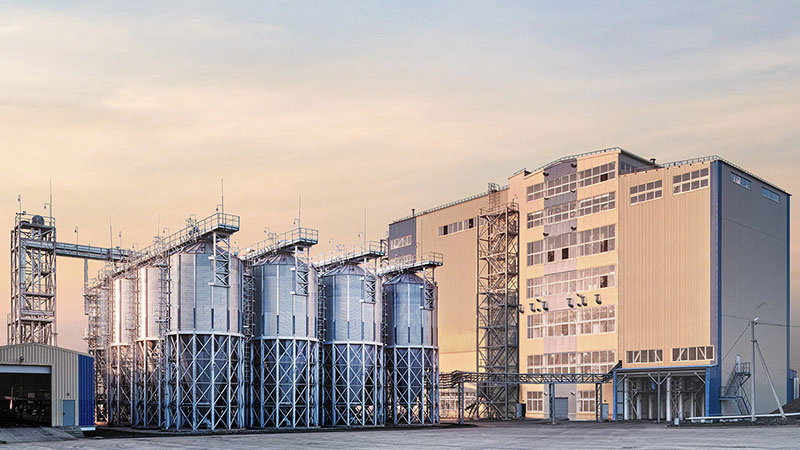
At RICHI, we go beyond project completion. With RICHI Servicee, we’re your dedicated partners in success. Count on us for expert guidance, minimal downtime, and optimized productivity. Choose RICHI for unmatched service and support.
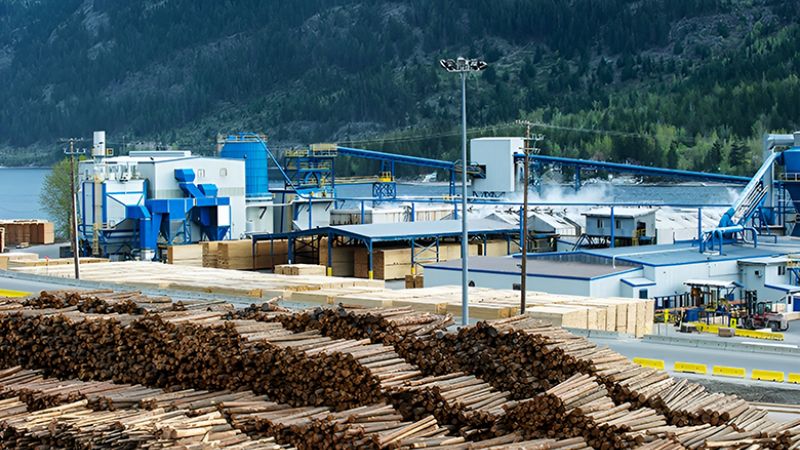
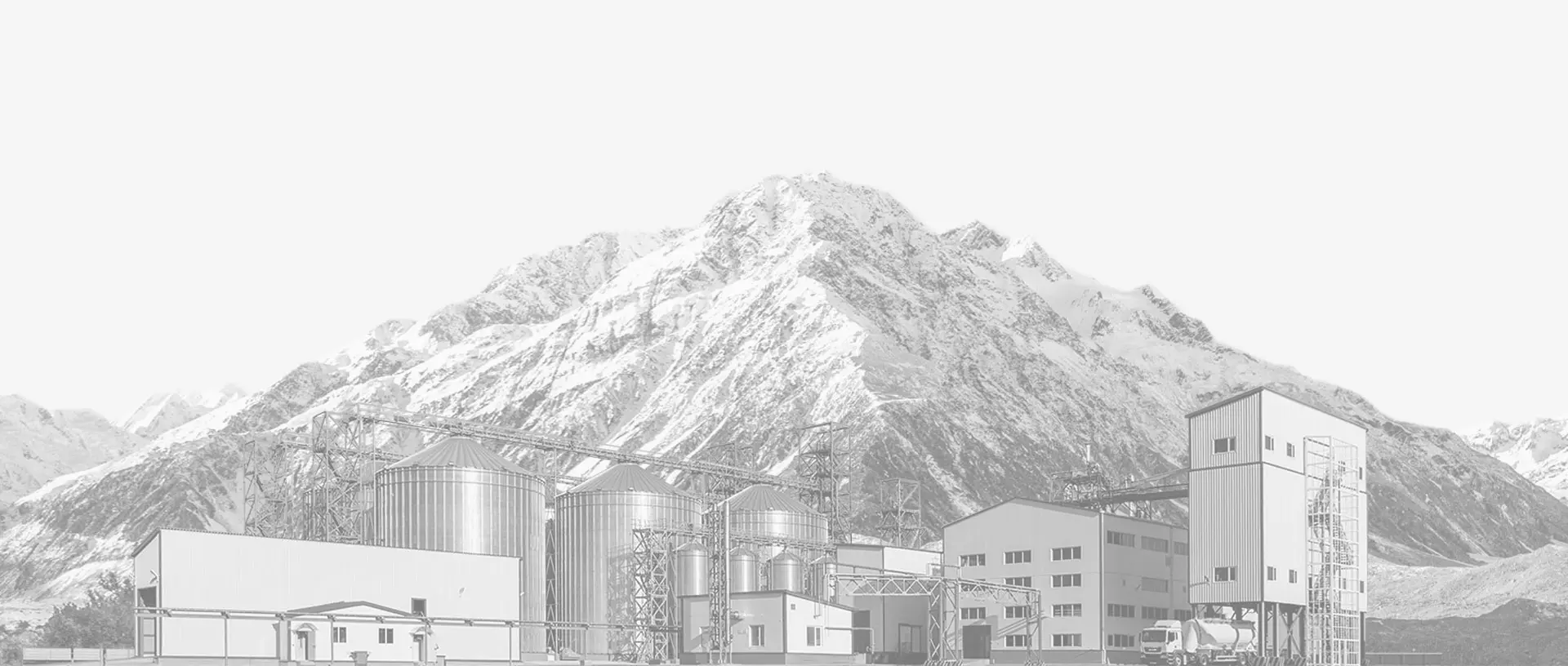

Meet global product demands and quality standards with industry-leading pellet plant design, engineering, equipment, and construction services for pellet processors.
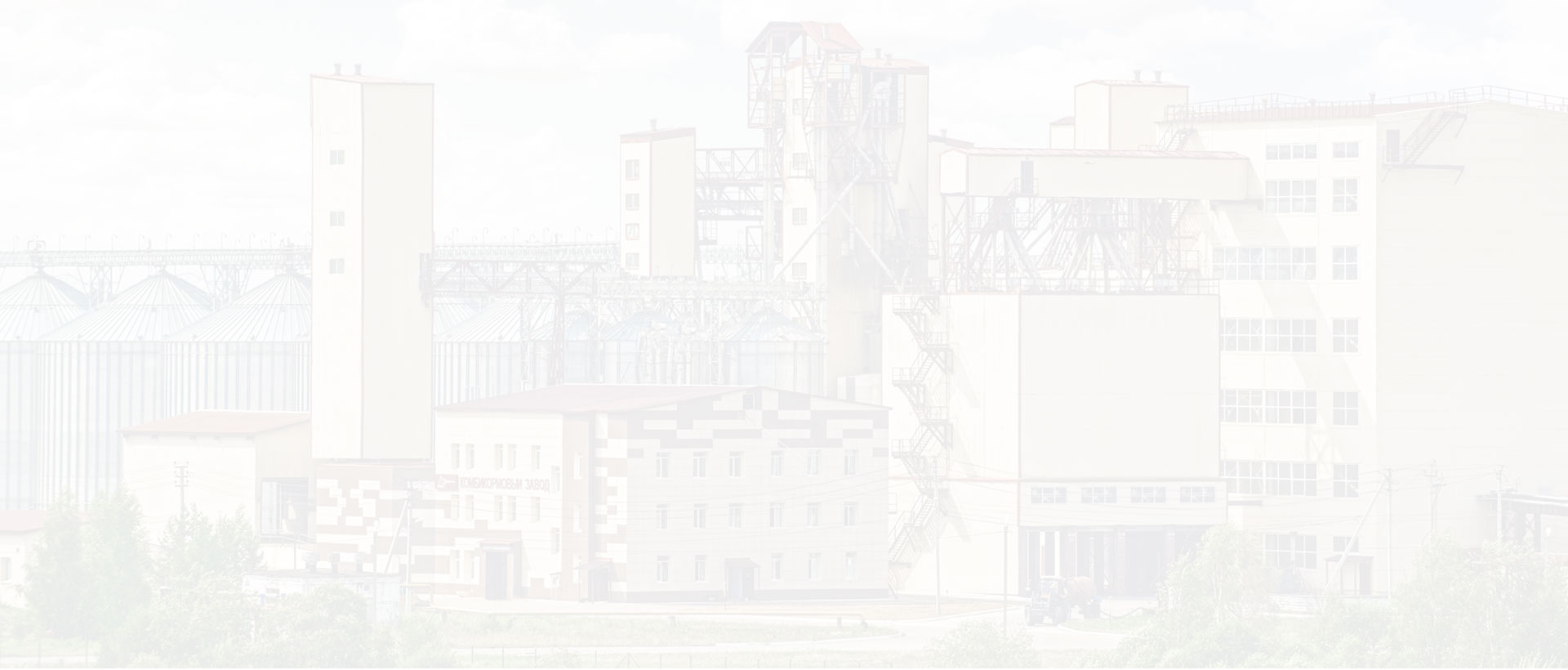
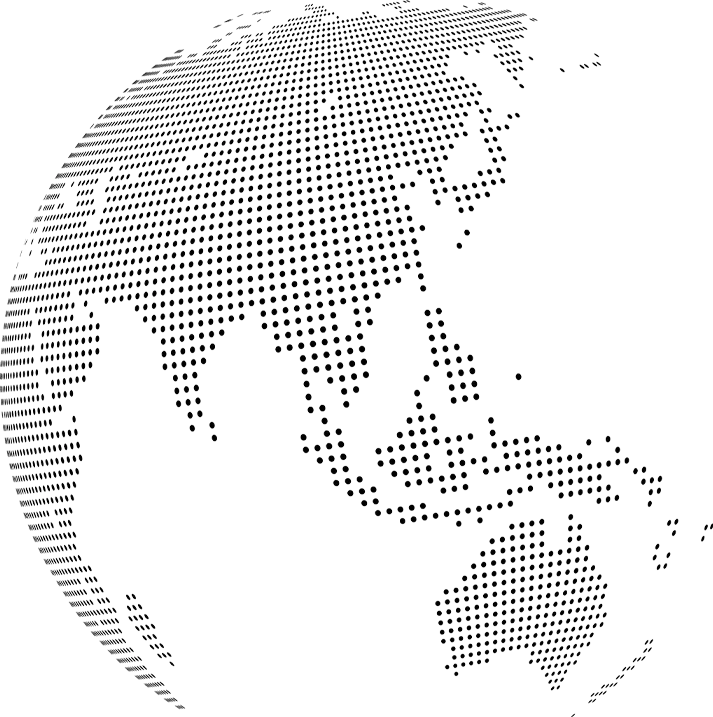
Your Partner Beyond Project Completion
2000+ cases
RICHI is the leading designer, manufacturer and builder of pellet plants in the world, completing over 2000 projects in 140 countries across 6 continents.
Read More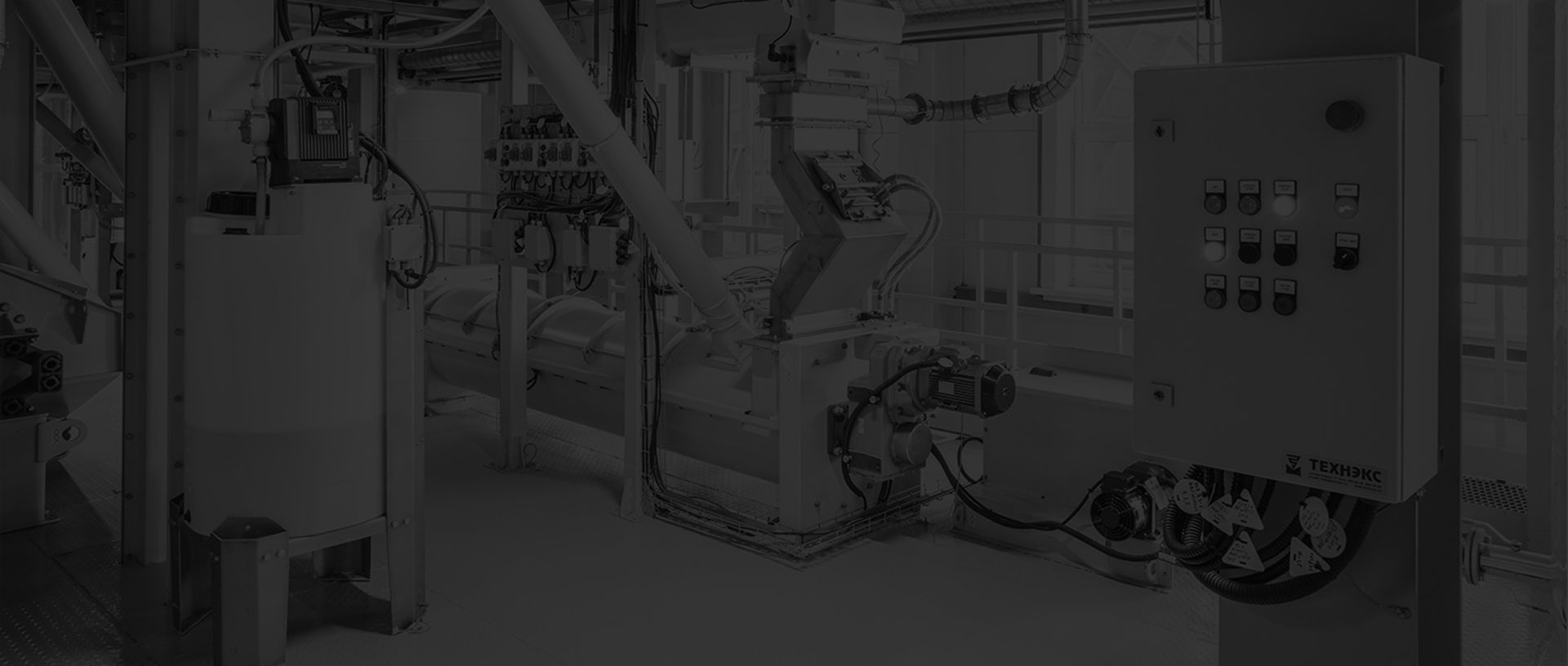
Increase plant productivity, profitability, and safety by integrating high quality equipment into your pellet production line. Over the years, RICHI has become China's top pellet equipment manufacturer. At the same time, RICHI has established valuable partnerships with the world's leading component and raw material manufacturers to bring you the best there is in technology, automation, and efficiency in pelleting plant machinery.
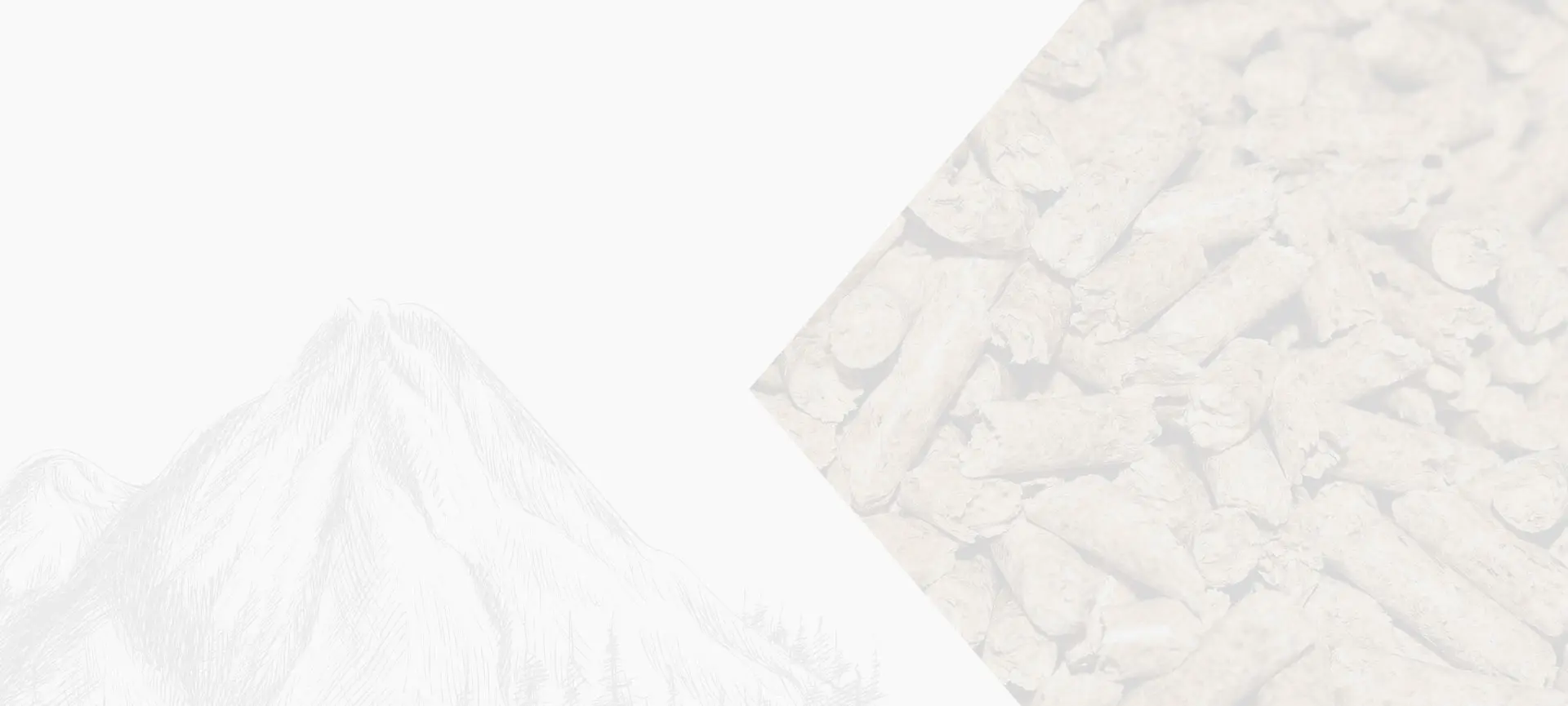
For nearly 30 years, RICHI has been providing best-in-class pellet plant equipment and services to clients across a variety of industries, sizes, and needs. We pride ourselves on the knowledge and skill that each team member possesses – from our technical sales team to our process design engineers. You can count on RICHI Machinery to take your operation to the next level of innovation, quality, and success.
Need help with your pellet manufacturing plant project? Contact us today.
ANIMAL FEED
BIOMASS
WOOD
ORGANIC FERTILIZER
AQUA FEED
CAT LITTER
MUNICIPAL WASTE RECYCLING
SPECIAL PELLET PRODUCTION
RICHI Machinery continues to deliver world class pellet mill equipment, pellet plant engineering and project solutions that add value to our customers in the animal feed, wood waste, agriculture waste, organic fertilizer, cat litter and special pellet products industries. Throughout the years, we RICHI Machinery have built strong brand, becoming industry-leading pellet machine manufacturer. We value integrity, promise quality, and prioritize your success.
Learn MoreWith our expert team, we precisely implement your process engineering requirements in pellet mill and pelletizing plant systems. No matter which industry you’re in – we understand your needs and deliver solutions that meet the highest standards.
At RICHI, quality comes first. Our pellet making machine and related pellet line equipment undergo rigorous quality controls to ensure they meet the highest standards. Rely on products that are durable, safe, and efficient.
With decades of experience in pellet machine and pellet production line production, we have earned a reputation as a trusted partner in various industries. Our expertise allows us to cover a wide range of applications.
Not only do we offer premium pelleting equipment, but we are also experts at designing, building, installing, and maintaining facilities from the ground up. Our expertise is within pellt plant process design, discovering the most efficient, productive, and profitable way to handle your materials in an end-to-end cycle.

Keeping in touch with us is an effective way to solve all your problems. If you have any needs or questions, please leave your contact information, then RICHI technical consultants will send design, quotation, videos to your mailbox. You can also contact us directly via WhatsApp: +86 13838389622
Copyright©2015-2024 by HENAN RICHI MACHINERY CO., LTD. All rights reserved.